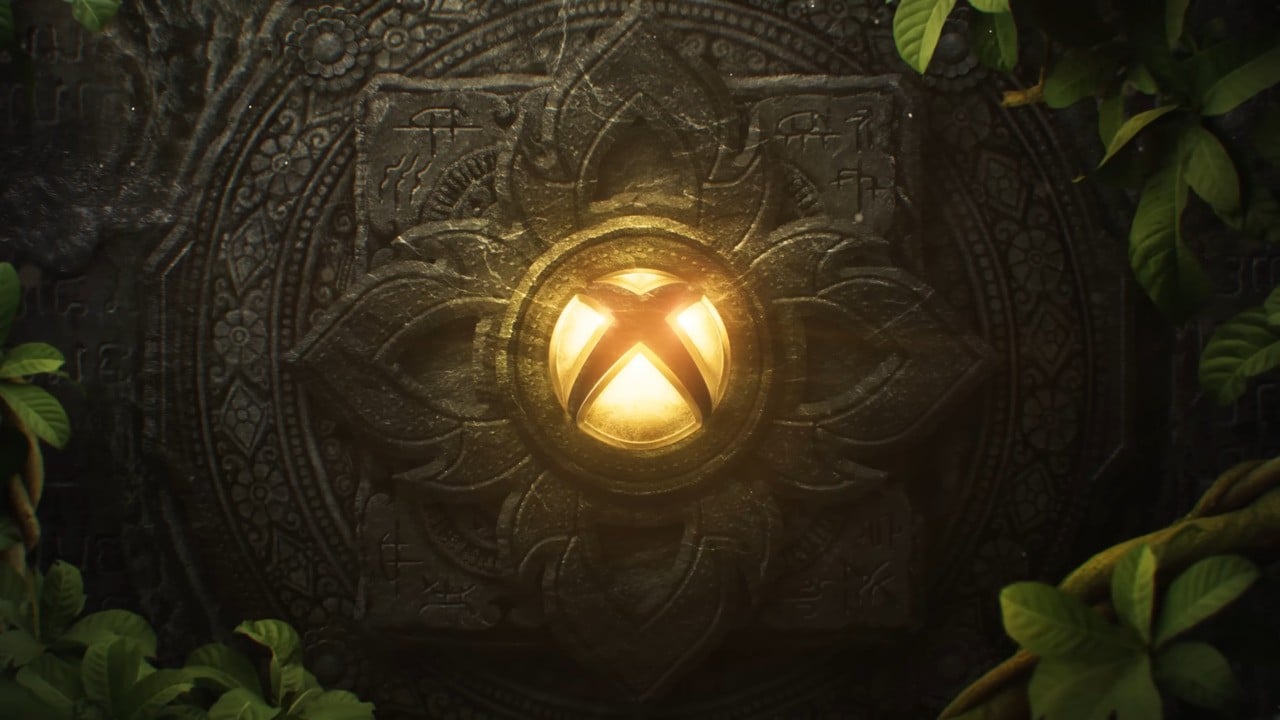Today marks a monumental occasion in gaming history as World of Warcraft (WoW) celebrates its 20-year anniversary on November 23, 2024. To commemorate this milestone, we’ve sat down with some of the game’s developers to delve into WoW’s transformative journey and ponder its future prospects.
Two decades back, World of Warcraft made a striking entry, redefining the gaming landscape forever. The MMORPG genre, once a niche interest, suddenly became the rage. Blizzard, the game’s developers, meticulously refined and enhanced concepts familiar from titles like Everquest, crafting an experience that captured the hearts of millions. The outcome was nothing short of extraordinary. WoW became a cultural icon, an aspiration many game creators can only dream of, with millions of players still happily paying a $15-a-month subscription to explore the rich fantasy world of Azeroth.
Understandably, the WoW we know today has evolved dramatically since its initial release on November 23, 2004. While technically still the same game, its current form bears little resemblance to its original. The latest expansion, The War Within, introduces features like account-wide progression and innovative solo-player endgame activities—concepts that would have seemed unimaginable a decade ago but have been met with widespread acclaim.
WoW has changed so significantly that Blizzard introduced “Classic” versions of the game back in 2019, allowing fans to indulge in nostalgia by revisiting the game as it was at launch and during early expansions. This move underscores WoW’s monumental cultural influence. Remarkably, many live-service games in 2024 struggle to last a few months, yet Blizzard operates five iterations of WoW simultaneously—each with its distinct allure and thriving player base.
To celebrate WoW’s 20th anniversary, GameSpot caught up with some of the leading figures on the WoW development team to uncover what makes Azeroth such a beloved virtual world, why the game has remained resilient, and how Blizzard plans to chart the game’s course over the next two decades.
Executive producer Holly Longdale credits the game’s familiarity and consistency as pillars of its long-standing success. The possibility for returning players to dive back in and recognize familiar elements is hugely significant. The development team works diligently to preserve WoW’s essence—whether that’s in its visual style, thematic depth, or its signature lighthearted quest narratives.
“There’s something incredibly comforting about returning to a place that feels like home,” Longdale expressed. “We aim to make WoW a game that, even after long breaks, players can come back to and instantly fall in love with all over again.”
Due to this loyalty to its roots, Blizzard is not keen on making drastic alterations to WoW’s graphics or art style anytime soon, despite being asked about it frequently. According to Longdale, such risks aren’t worth taking.
She also acknowledges the unique advantage WoW holds as a trailblazer in the MMORPG realm. By establishing itself as the mainstream success story within a niche genre, WoW gained a head start that newer games simply can’t replicate.
“When you’re the first to break into the mainstream from an emerging genre, it definitely provides an edge,” Longdale noted. “We’re fully aware of that, and we don’t take it for granted.”
Adopting a “leave no player behind” approach, Blizzard is keen on meeting the diverse needs of its expansive player community. This includes more frequent content updates, which has been a focus since the 2022 Dragonflight expansion. They also lean heavily into data-driven insights to better understand player interactions, complementing direct player feedback.
For instance, the team realized it could improve in catering to the game’s role-playing community. The recent documentary on Netflix, The Remarkable Life of Ibelin, inspired the team, showing them the incredible in-game interactions possible within the community. They are now testing how such engaging interactions—like hugs or high-fives—could be integrated into WoW in the future.
Game director Ion Hazzikostas reflected on how WoW has matured over the years, particularly in terms of factions. Originally, choosing between the Horde or the Alliance defined a player’s entire in-game experience—dictating alliances, quests, and narrative paths. However, as of 2024, players from both factions can join forces for various missions, a scenario previously considered unimaginable.
“Ten years back, the thought of cross-faction gameplay seemed impossible,” Hazzikostas explained. “Now, Horde and Alliance players collaborate in numerous ways, and it still feels like the Warcraft we know.”
According to him, the strong community bonds—friendships and even family connections formed in Azeroth—are key reasons for WoW’s sustained success. This community-driven passion encourages Blizzard to continuously adapt, embracing the ever-evolving player demands.
As WoW turns two decades old, Longdale sees the next phase of the game being shaped by the community itself. With a renewed focus on listening to players, she is already strategizing for WoW’s path over the next decadal milestones.
“We’re dedicated to growing and improving,” Longdale concluded. “The ultimate aim? To have everyone, at some point, journey through Azeroth and become a part of this massive world.”



